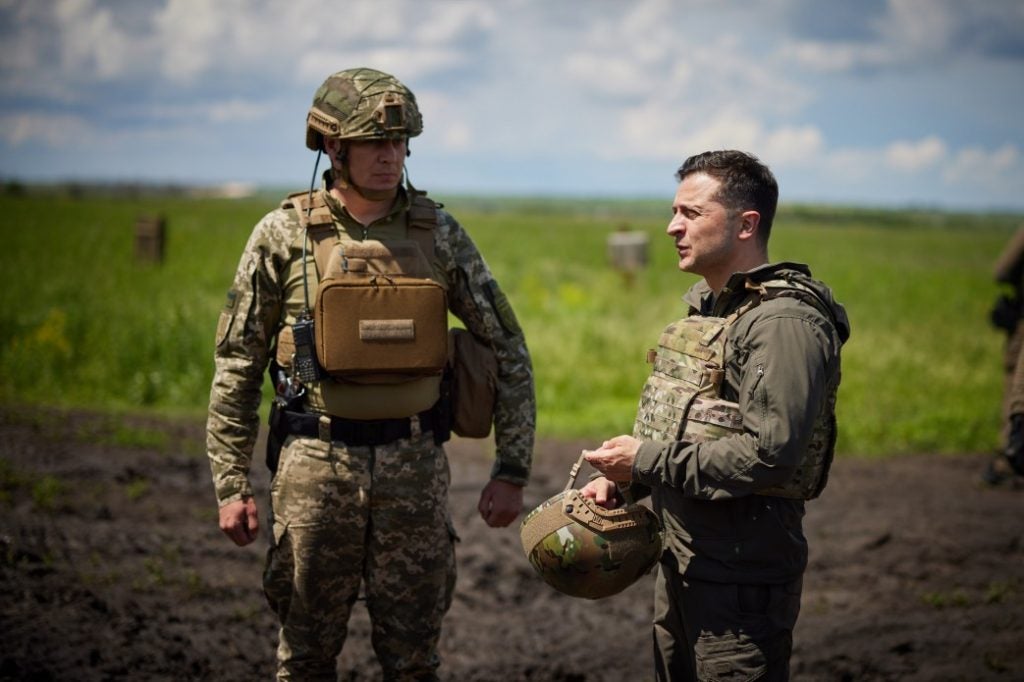Ukraine’s President Announces Total Defense Policy
The President of Ukraine, Volodymir Zelensky, has announced a new defensive policy for the Armed Forces of Ukraine. The act on the ‘Fundamentals of National Resistance‘ was presented to the Ukrainian parliament at the end of May. The new proposal for national defense includes the creation of voluntary internal troops units, the creation of a national resistance movement, and promoting patriotic stances as well as education in resistance actions.
Explaining the concept of a ‘National Resilience System’ Zelensky said it will fulfil NATO requirements and provide:
“continuity of governance and the provision of critical public services, sustainable energy supply, effective response to the uncontrolled movement of a large number of people; sustainable resources for water and food supply; reaction to mass losses; sustainable systems of civil communication and civil transport, is currently being finalized. To be effective and achieve these goals, we have a close cooperation with the NATO Mission to Ukraine.”
The proposed act stands contrary to the proposed Act On the Territorial Defense of Ukraine from December 2020. Zelensky proposes an idea that was incorporated in a number of Eastern European states including Estonia, Latvia, Lithuania, and Poland. The idea behind this “total defense” concept is not to expand the military as is but rather create a strong backbone for covert operations and underground activities in case of occupation. The entire doctrine of total defense focuses on making the potential invasion too costly for the aggressor. In theory, the backbone for this defense concept is the passive stance of the society towards the occupant and resistance aimed at security forces, sowing discontent, and constantly destabilizing region.
The new act proposed by Zelensky is composed of six major points: the general stances, the rules of the national defense of Ukraine, democratic civil control, security and defense, planning in the areas of national security and defense, the final and temporary stances. Each of them serves the sole purpose of maintaining control over the Ukrainian society in case of occupation of the state. While this remains a somewhat unlikely scenario, it remains a distinct possibility given Russia’s posturing and continued tensions in the region.
In a speech at the beginning of May Zelensky said:
“First of all, we continue to deter Russian aggression and increase our combat potential. Like any civilized country, Ukraine does not want a war, but for peace, as paradoxical as it may sound, it must have a powerful and capable army. After all, it is a guarantee of stability, a guarantee of peace and that no one will think of taking something from our state easily and without a single shot,”
While the total defense concept blossoms among the states of Eastern Europe due to the lack of sufficient military capability that would enable them to hold off a full-scale Russian invasion. Governments remain seemingly oblivious to the fact that using the civilian population, which may not necessarily be willing to participate in a conflict, as an asset in an asymmetric war could lead to atrocities and significant collateral losses among the population. For officials this may be a calculation worth making in the face of Russian aggression.

